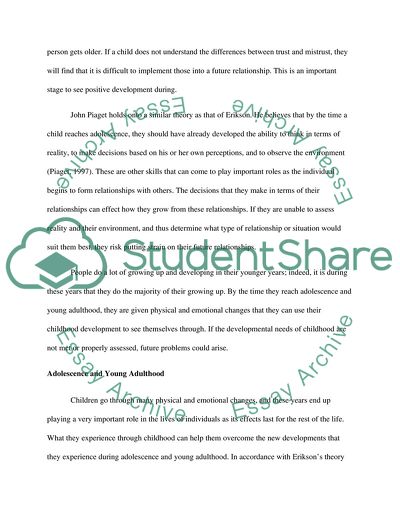Cite this document
(Love and Divorce in Lifespan Development Research Paper, n.d.)
Love and Divorce in Lifespan Development Research Paper. Retrieved from https://studentshare.org/social-science/1742255-love-and-divorce-in-the-life-span-development
Love and Divorce in Lifespan Development Research Paper. Retrieved from https://studentshare.org/social-science/1742255-love-and-divorce-in-the-life-span-development
(Love and Divorce in Lifespan Development Research Paper)
Love and Divorce in Lifespan Development Research Paper. https://studentshare.org/social-science/1742255-love-and-divorce-in-the-life-span-development.
Love and Divorce in Lifespan Development Research Paper. https://studentshare.org/social-science/1742255-love-and-divorce-in-the-life-span-development.
“Love and Divorce in Lifespan Development Research Paper”, n.d. https://studentshare.org/social-science/1742255-love-and-divorce-in-the-life-span-development.


